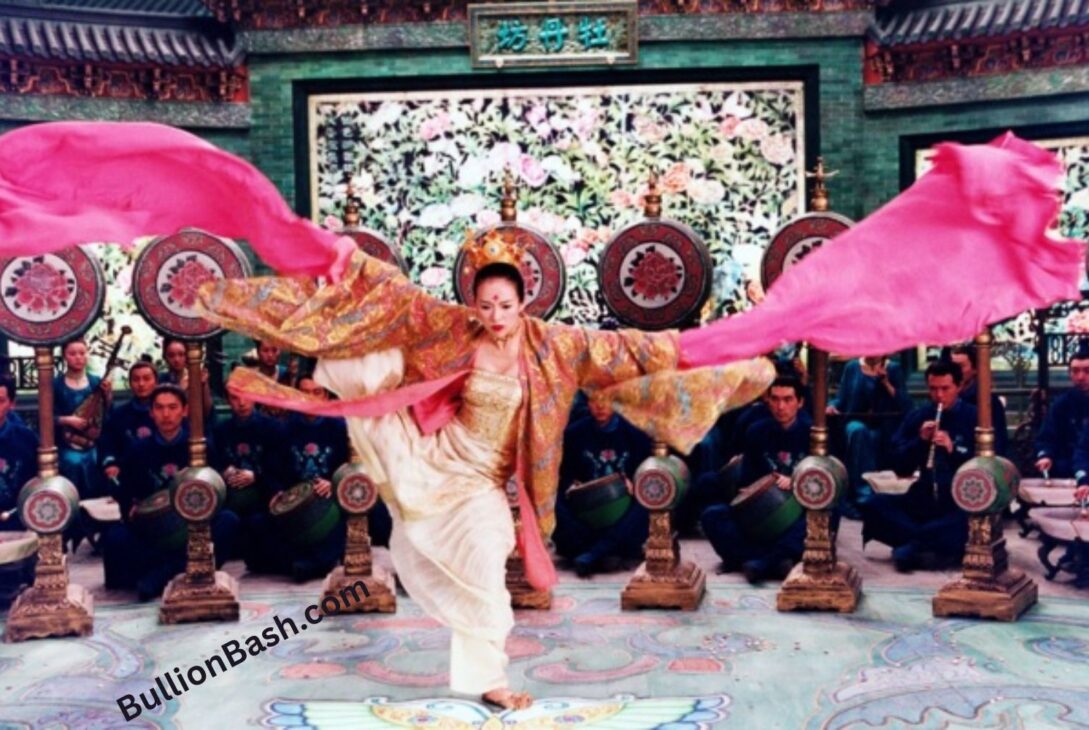Introduction
The House of Flying Daggers Dummy Scene is one of those movie moments that sticks with you long after you’ve seen it. It’s not just about the action, it’s about the rhythm, the emotion, and the way the whole thing feels like a dance. If you’ve ever watched this scene, you probably wondered how they pulled it off or why it feels so different from the usual martial arts fight. That’s exactly what we’re gonna break down here.
Quick Recap of House of Flying Daggers
Before diving into the scene itself, let’s set the stage.
- Released in 2004, directed by Zhang Yimou.
- Belongs to the wuxia film genre (Chinese martial arts fantasy).
- Known for its incredible visuals, emotional storytelling, and insane choreography.
- Starred Zhang Ziyi (as Mei), Takeshi Kaneshiro, and Andy Lau.
The film isn’t just about fighting. It mixes love, betrayal, and loyalty with jaw-dropping action sequences. And among all of them, the dummy scene stands out.
What Happens in the Dummy Scene?
So, here’s the play-by-play:
- Mei is brought to a sort of performance hall filled with giant wooden drums (the “dummies”).
- She’s asked to play the echo game. Someone throws beans at the drums, and she has to strike them back in rhythm, blindfolded.
- At first, it feels like a test. But quickly, it turns into something magical. Her movements are sharp, graceful, almost like she’s dancing.
- Every strike, every sound builds tension, pulling the audience deeper into the moment.
It’s not even a battle in the traditional sense. It’s more like watching art unfold.
Why This Scene Is So Iconic
Plenty of martial arts movies have cool fights, but this one is different. Here’s why people still talk about it years later:
- Sound design: The beat of the drums echoes like a heartbeat. It’s hypnotic.
- Visuals: Bright costumes against earthy tones, slow-motion shots, flowing fabric—it’s just gorgeous.
- Choreography: Every movement feels like part of a larger rhythm. It’s fighting and dancing at the same time.
- Symbolism: It’s not only about skill; it’s about trust, deception, and hidden emotions.
When you put all of that together, you get a sequence that feels bigger than the story itself.
How Was the Scene Filmed?
Choreography and Movement
Ziyi Zhang trained for months. You can see it in the way her strikes flow seamlessly, like she’s painting with her arms. This wasn’t just “hit a drum”—it was carefully crafted martial arts choreography blended with performance art.
Cinematography and Visuals
Zhang Yimou is famous for his use of color palettes and framing. Wide shots make Mei look small against the massive drums, then the camera cuts close to show her determination. The whole thing feels balanced, almost like a stage play.
Sound and Music
The music isn’t just background noise—it drives the scene. Every strike echoes. Every beat lines up with Mei’s movements. The mix of silence and sound makes you lean in.
Symbolism Behind the Dummy Scene
The dummy scene isn’t just for show—it carries weight.
- Echo game as metaphor: It’s about trust and deception. You throw something at me, I answer it back.
- Blindfolded strikes: Suggest inner strength and intuition. She’s not just surviving, she’s proving herself.
- Passion vs. violence: The scene blurs the line between performance and combat. It’s beautiful but dangerous.
This is why so many film critics call it one of the most poetic fight scenes in cinema.
Behind-the-Scenes Trivia
A few cool nuggets most people don’t know:
- The drums were real props, not CGI. That added to the authenticity.
- Ziyi Zhang reportedly bruised herself during rehearsals because the choreography was so demanding.
- The crew used practical sound effects—those echoes you hear weren’t heavily digital, they were designed on set.
That’s part of why the scene still feels fresh even today, in a world stuffed with CGI-heavy fight scenes.
How Did Fans and Critics React?
Critical Praise
- Many Western critics compared it to the elegance of Crouching Tiger, Hidden Dragon.
- It was praised for blending martial arts with visual poetry.
- The dummy scene was often singled out in reviews as “pure cinema.”
Fan Reactions
Fans loved it because it was different. It wasn’t about who won the fight, but how the fight felt. Even people who don’t usually watch wuxia films still remember this sequence.
The Scene’s Legacy in Cinema
The dummy scene has become a touchstone for martial arts filmmaking.
- Inspired later directors to mix art with action.
- Proved that fight scenes don’t need endless violence to be powerful.
- Still used in film classes today to show how choreography, sound, and visuals can merge into storytelling.
Even if you’ve never seen the whole movie, chances are you’ve stumbled across clips of this scene online.
FAQs
1. Is the dummy scene based on a real martial arts tradition?
Not exactly, but it borrows elements from Chinese performance arts and martial drills.
2. Why is sound so important here?
Because the entire “echo game” is built on rhythm. Sound drives the tension and flow.
3. How does it compare to other wuxia scenes?
It’s less about combat and more about art, making it unique even among classics.
4. Where can I watch the full scene?
It’s part of House of Flying Daggers (2004). Many streaming platforms and film clips online feature it.
See Also: Hermeneutics Hauxlegomulak – Decode Complex Ideas Easily
Conclusion
The House of Flying Daggers Dummy Scene isn’t just a fight—it’s an unforgettable piece of cinema. Through rhythm, movement, and breathtaking visuals, Zhang Yimou turned what could’ve been a simple test into one of the most iconic sequences in film history. Whether you watch it as a martial arts fan or just someone who loves beautiful filmmaking, it’s the kind of scene that lingers in your head long after the credits roll.


